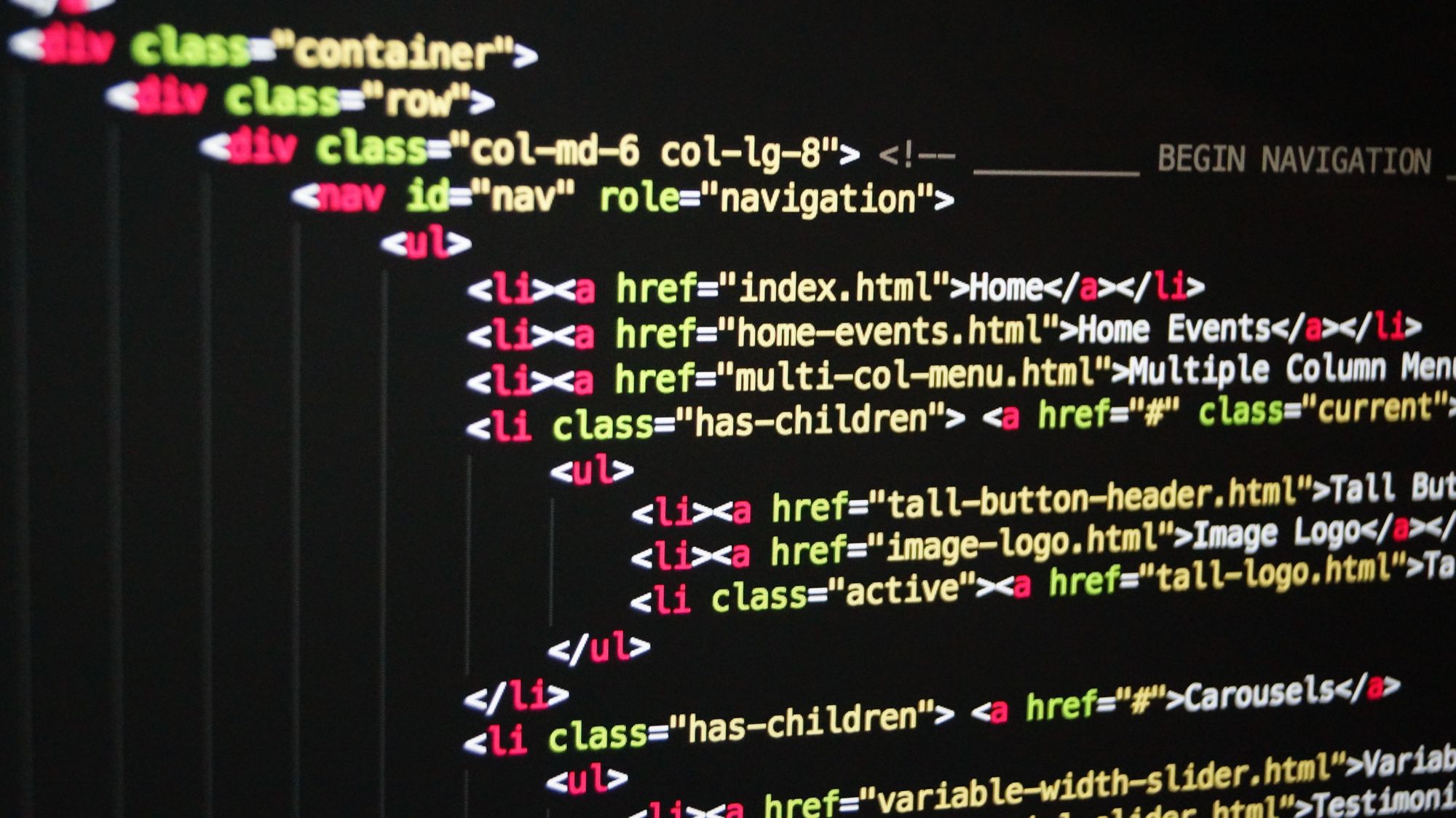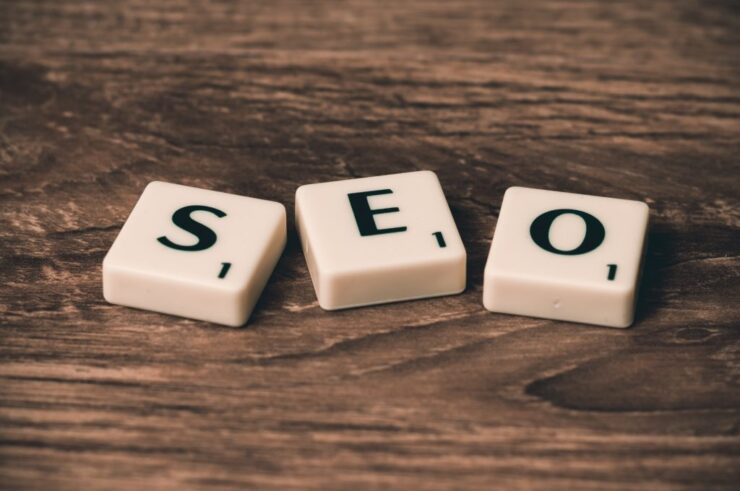Search engine optimization (SEO) is an important component of any successful online marketing strategy. On-page SEO is the practice of optimizing individual web pages to rank higher and earn more relevant traffic from search engines.
By implementing effective on-page SEO techniques, you can ensure that your website has the best chance of being found by potential customers. This article will provide an overview of the basics of on-page SEO so that you can start optimizing your site’s content for better search engine rankings.
On-page SEO involves a range of activities such as keyword research, targeting specific keywords with strategic placement throughout the content, creating meta titles and descriptions for improved click-through rates, and making sure that all images have alt tags associated with them. All these elements are essential when it comes to improving visibility within organic search results and should be considered carefully when crafting web pages or blog posts.
Furthermore, it’s important to not only focus on single words but also consider using long-tail phrases which often result in higher conversion rates due to their specificity. Additionally, there should be a strong emphasis placed on ensuring URLs are optimized for both humans and machines alike so they’re easier to remember while still providing maximum impact for search engine crawlers who index sites based on their structure and hierarchy.
Understanding On-Page SEO
Understanding On-Page SEO is essential for anyone looking to increase their website’s visibility. Knowing how search engines view and rank a webpage can be a daunting task, but with the right knowledge and techniques, it can lead to improved rankings.
When optimizing content for on-page SEO, several factors should be taken into consideration such as title tags, meta descriptions, image alt text optimization, header tags (H1/H2), keyword density, and internal linking. All of these elements play an important role in helping your web pages appear higher up in SERPs (Search Engine Results Pages).
In addition to understanding the technical aspects of on-page SEO, it is also recommended that content writers pay attention to two other key factors when writing copy: readability and tone of voice. Content needs to be easy to understand; using simple language with shorter sentences will result in better engagement from readers.
Furthermore, ensure the information you provide is relevant and interesting by adding personality through your words – this will help capture people’s attention more easily. Overall good on-page SEO requires a combination of both technical skills as well as creativity when it comes to crafting readable yet engaging copy that accurately represents what your webpage has to offer visitors!
Keyword Research and Selection

When it comes to on-page SEO, keyword research and selection are crucial. To ensure your content is well-optimized for search engines, you must identify the best and most relevant keywords that accurately reflect the topics or products you are writing about.
With so many potential phrases available online, it can be difficult to determine which words will give your website an edge in rankings. Comprehensive keyword analysis should include a variety of factors such as relevance, competition level, user intent, recent searches, and more.
Once the right keywords have been identified for a given topic or product page, they must then be strategically placed throughout the content to maximize visibility. This includes using them within headings/titles as well as naturally spread throughout body text with variations of synonyms when applicable.
Taking these steps ensures that both readers and search engine algorithms understand what your webpage is about at first glance!
Optimizing Page Titles and Meta Descriptions
Optimizing page titles and meta descriptions is a key component of on-page SEO. It takes skill and finesse to craft titles that will draw users in while being optimized for search engine results, as well as crafting effective meta descriptions that accurately describe the content.
When it comes to writing these elements, quality matters more than quantity. Titles should be short yet compelling enough to make an impression, while meta descriptions need to not only convey information about the content but also entice readers into clicking the link.
Achieving this balance can take some time and effort, but following best practices like keeping titles under 60 characters and including important keywords can help ensure success with both search engines and potential visitors. Additionally, using active language with clear calls to action can improve click-through rates from SERPs (Search Engine Results Pages). Overall, optimizing page titles and meta descriptions requires careful consideration of both user experience and optimization for search engines; balancing these needs effectively will help bring in organic traffic from targeted searches.
Structuring Content with Headings, Lists, and Links

Headings, lists, and links are powerful tools in on-page SEO. They give structure to content, making it easier for readers to digest information quickly.
Headings can be used as a way of breaking up the text into logical sections that help organize information in an easily readable format. Lists can be used to summarize points or outline instructions while links allow readers to access additional resources if they need further clarification or detail about a given subject.
When structuring content with headings, lists, and links, it’s important to focus on readability; aim for sentences that vary in length and complexity so that readers can find what they’re looking for without getting bogged down by overly complex language or muddled paragraphs of text. Additionally, don’t forget the importance of using keywords throughout your headings and subheadings – this will help search engines understand the relevance of your page more effectively.
Finally, make sure all your links are valid; broken links can frustrate users and hurt overall SEO rankings.
Image Optimization for SEO Benefits
When it comes to on-page SEO, one of the most important elements is image optimization. Images can be optimized for search engine results by providing appropriate titles, alt text, and captions that are closely related to the topic of the page.
This helps search engines understand what images are about and how they relate to a website’s content. Image optimization not only helps boost rankings but also increases click-through rates due to higher visibility in SERPs. Additionally, optimizing images with keywords or phrases relevant to your industry will result in more traffic from organic searches and improved UX as visitors find exactly what they’re looking for faster.
Optimizing images can help websites appear higher up in search engine rankings while simultaneously improving user experience and increasing engagement levels which ultimately leads to more conversions.
Conclusion

On-page SEO is an essential part of any website’s success. It includes optimizing your content, keywords, and HTML to make sure that search engines can easily find and understand the important information on a page.
By ensuring that these elements are properly set up, you can improve your ranking in search engine results pages, increasing traffic to your site. With its powerful effects on organic visibility and user experience, On-Page SEO should be a priority for all businesses looking to reach new customers online.
When it comes to escort directory SEO specifically, On-Page optimization strategies such as keyword research and content optimization are especially important for helping those sites appear prominently in SERPs.

